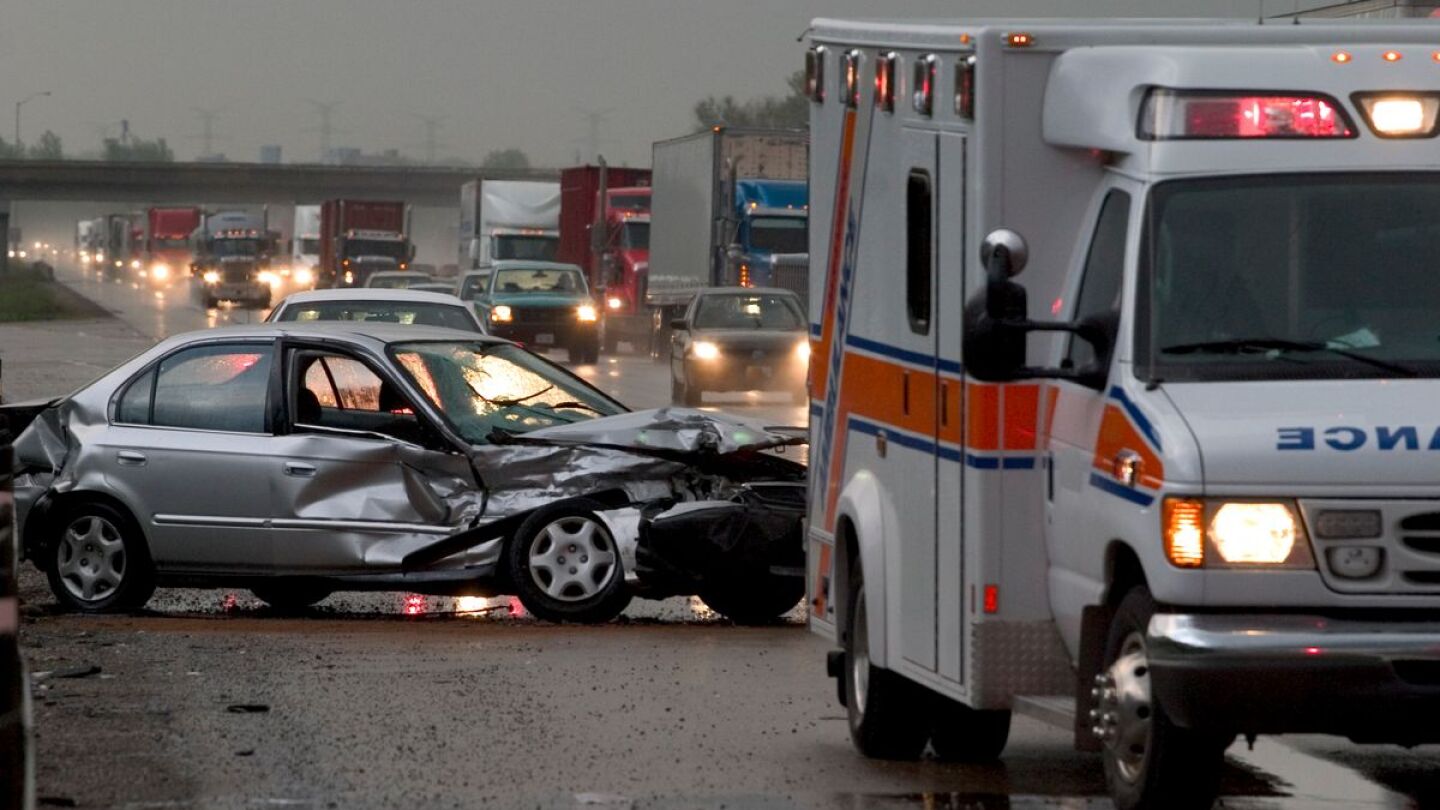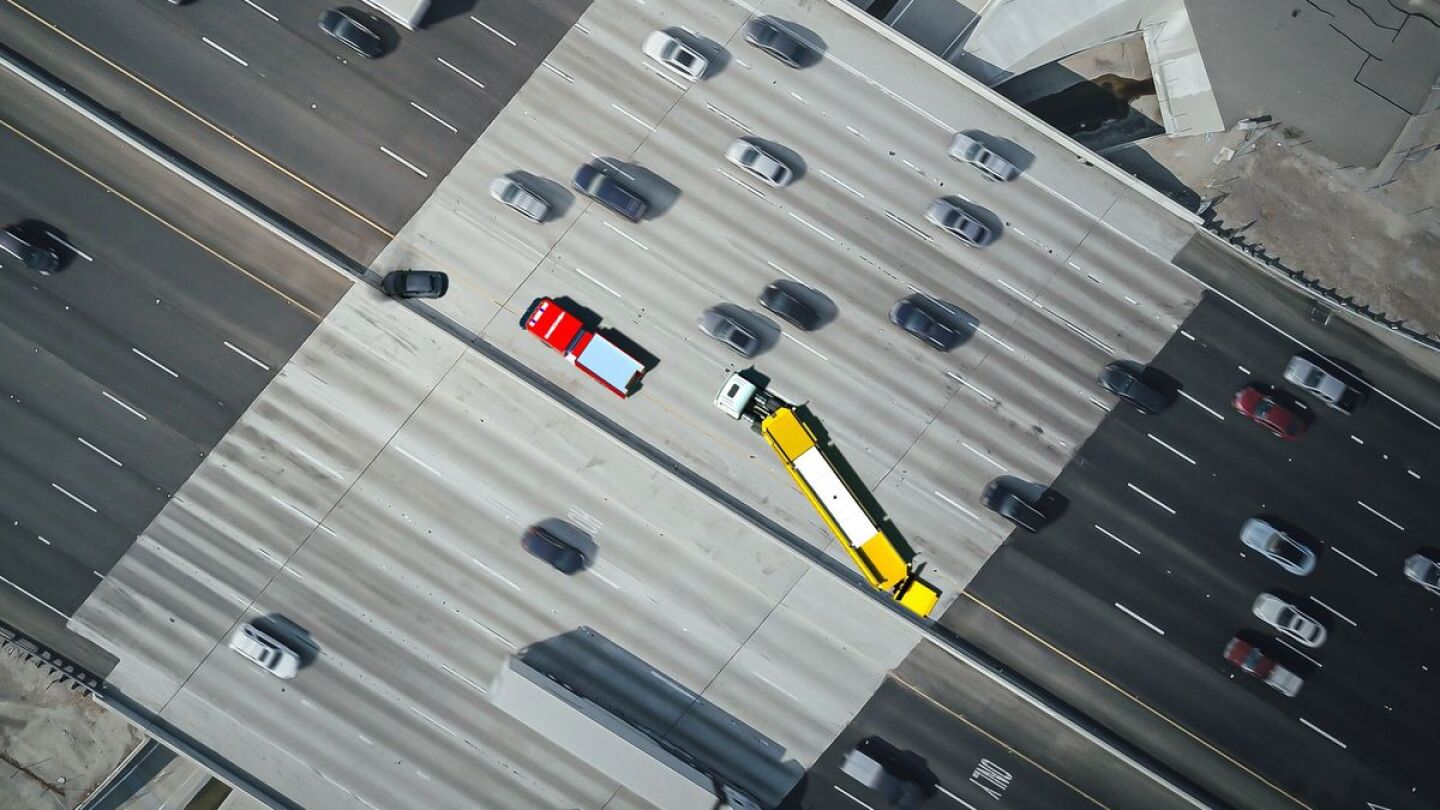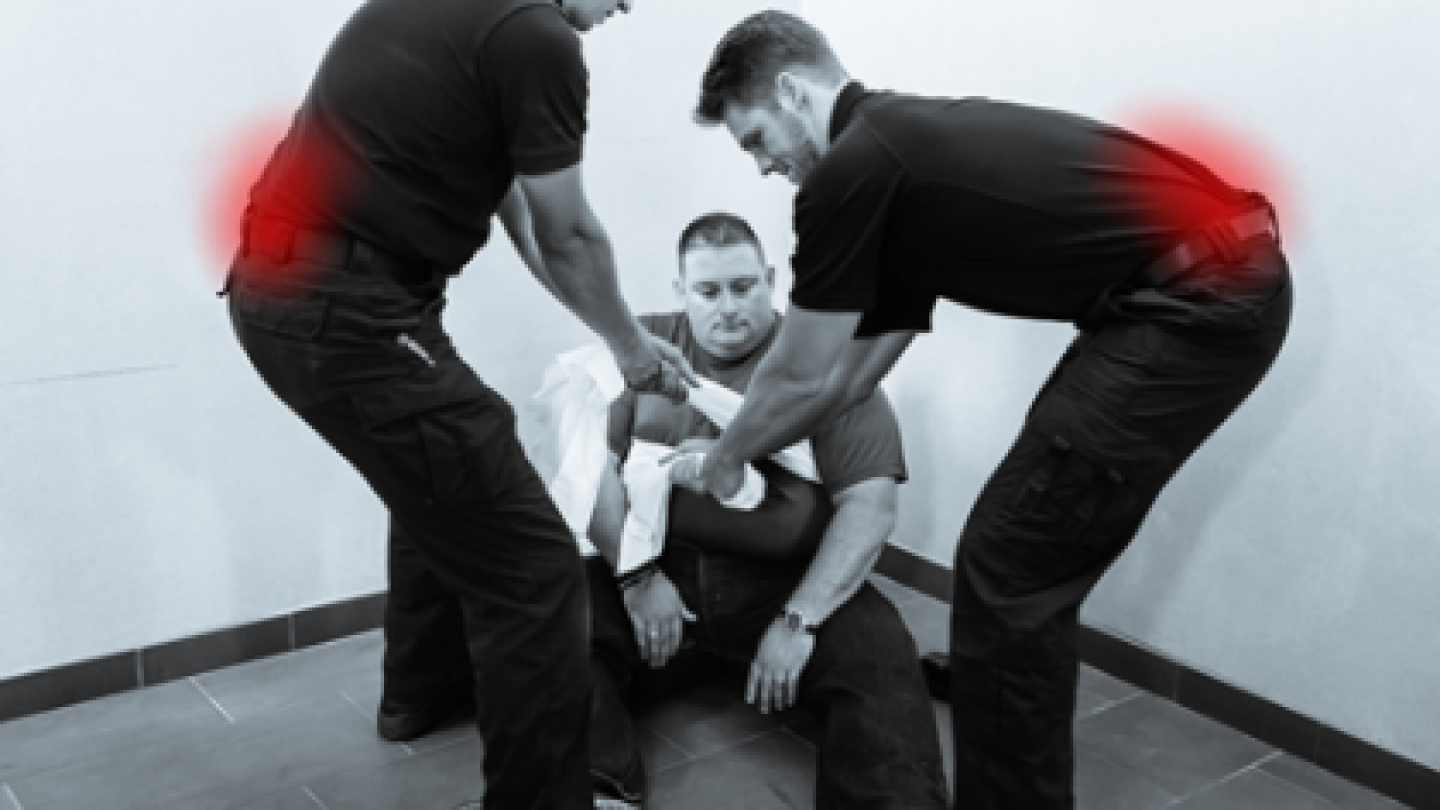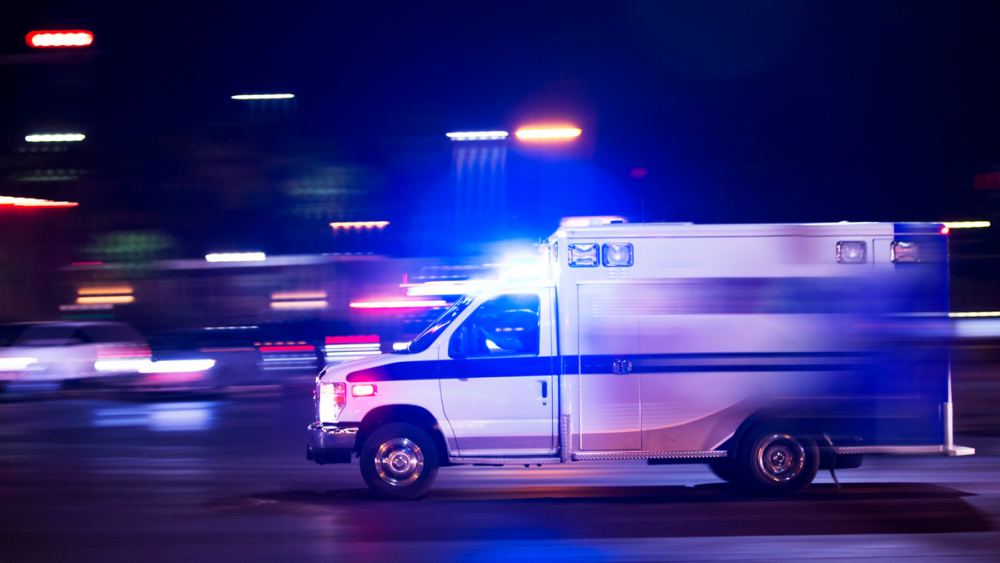Safe Transport, From Point A to Point B
Resources to dispel three myths about hot response to improve clinician, patient and community safety
Putting traffic incident management into practice can help us influence high-frequency, high-risk environments we can’t control
Plum EMS use cases demonstrate when the risk of using L&S is lower than the risk of delaying a lifesaving intervention
Saving lives with coordinated trauma care through pre-planning, training and relationship building
During a mass casualty incident, or when EMS isn’t available, survival of the wounded may depend on quick action
5 ways a good partner can make the shift go more smoothly and improve patient and provider safety
More and more departments are adding blocking units to protect emergency scenes
The ERSI has already tracked 34 first responder roadway-incident deaths in 2022 and an average of two struck-by incidents daily
Download your copy, featuring red lights and siren myths, traffic incident management and safe lifting tips
Four pieces of low-hanging fruit that can improve industry safety for our patients and EMS crews
Studies have repeatedly demonstrated that the time saved with lights and siren use has little-to-no impact on patient outcomes
Roadway LODDs are tragic reminders of the importance of time, distance and shielding to reduce hot zone risk
Community paramedicine communication with patients, their family members and the local crews can eliminate obstacles and improve patient care for bariatric patients
Most EMS provider back injuries result from lifting patients – do you know how to position your body to minimize your risk?
MOST POPULAR
- Culture shift: Reducing lights and siren vehicle operation
- Team-driven improvement in the use of lights and sirens
- Lifting assistance: Carrying bariatric patients over the gap in today’s healthcare
- Trauma patient transports by law enforcement
- Quick Take: It’s time to flip the switch on hot EMS response















